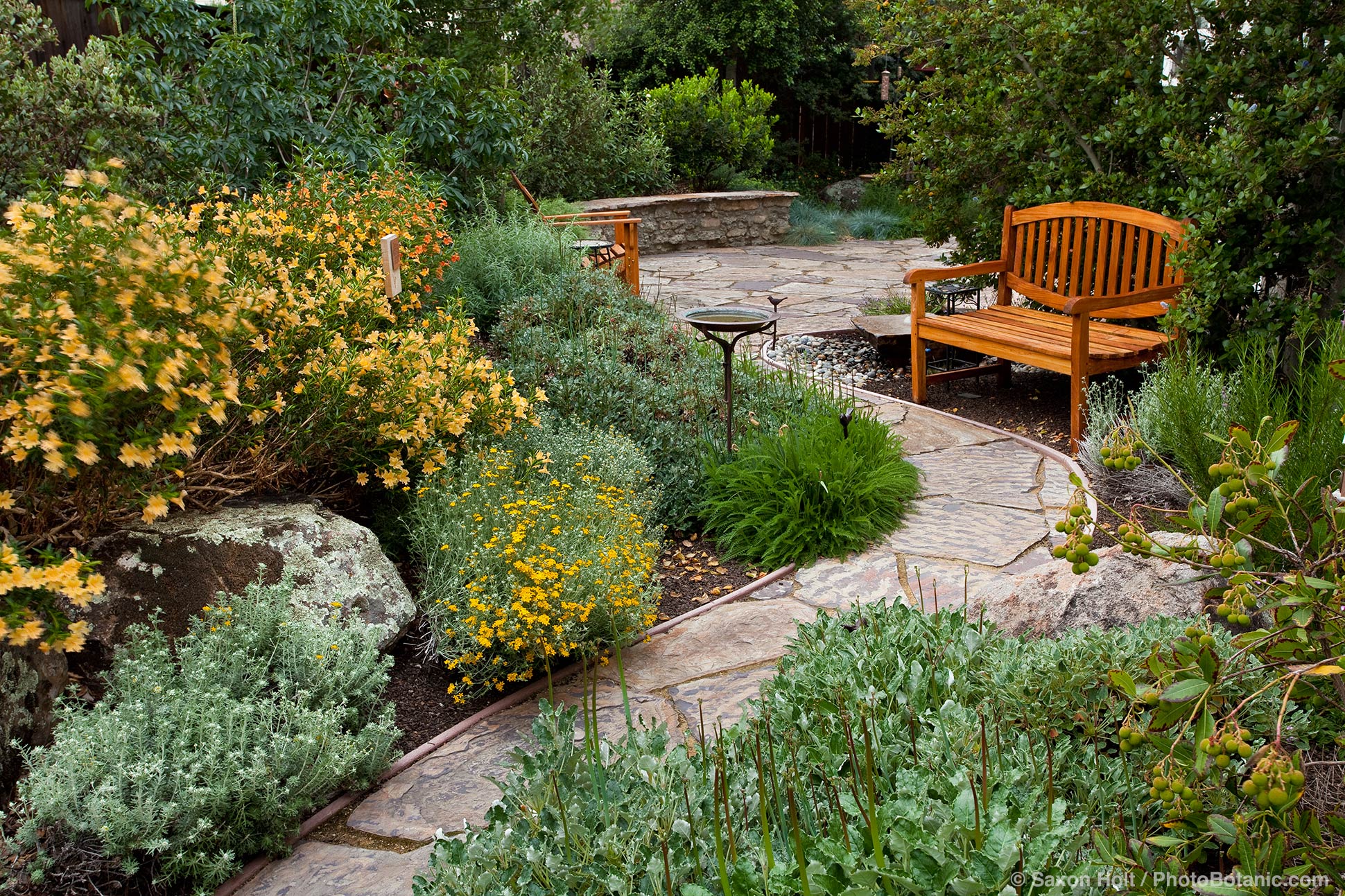 As a professional garden photographer for more than 25 years, I have seen all sorts of gardens and have learned a lot from many expert gardeners, designers, and plant geeks. California native plant gardens are absolutely the hardest to photograph, though they are my favorite. The reason for both is the same – they are so hard to find.
As a professional garden photographer for more than 25 years, I have seen all sorts of gardens and have learned a lot from many expert gardeners, designers, and plant geeks. California native plant gardens are absolutely the hardest to photograph, though they are my favorite. The reason for both is the same – they are so hard to find.
I am thrilled when I find a photogenic one because I know it to be an opportunity to change the aesthetic of what we expect to see in a garden photograph. Too often the media image of a garden is a lush English style garden with manicured flowers around a carpet of lawn, which is an unsustainable style, on many levels, for California gardeners.
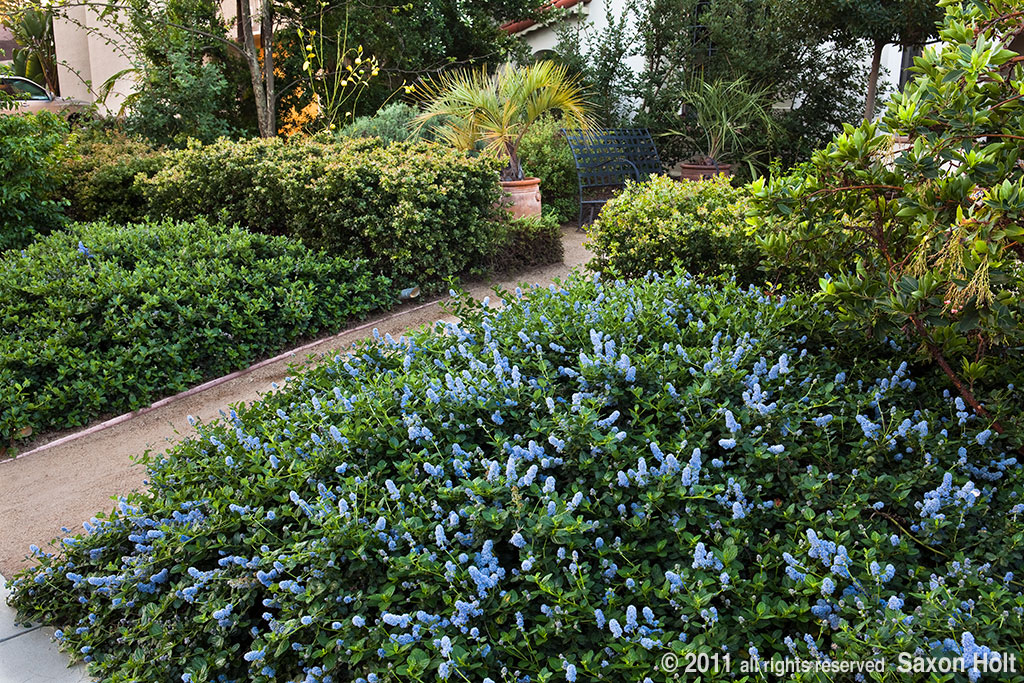
To change the way gardens are portrayed in the media we need more good photographs of good gardens. All of you reading this are on the front lines of this effort. You are interested in the horticultural use of native plants. You know there is unparalleled beauty in natives, but perhaps your photographs don’t yet capture what you see.
I am here to help. I will be showing gardens I find and talk about how they were photographed, how to take better pictures and how to design gardens that photograph better. The mo’ betta’ photos all of us have, the more we win friends to our cause and influence the shape of gardens to come.
What is out of my control and where I have no authority to instruct is the growing of healthy plants, but good photos start there. It is damn hard to take a good picture of a bad garden or poorly grown plants. So when you set out to get a good picture be sure you have a good subject.
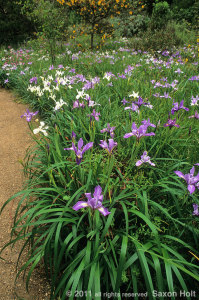
Know what your camera sees. “Think Like a Camera” is the title of one of my workshops and doing so will force you out of what your heart sees to what the camera sees. A single flower in a clump of iris is dull subject for a landscape view of a garden though it may make your heart sing and evoke thoughts of the glory of our native plant communities.
If you love the gnarly mahogany bark of manzanita, don’t take a picture that hides the shape under the foliage. You may see it but the camera won’t. Think about the story you want to tell and think how the camera can help you tell it.
Always shoot in soft light. Yes, there are some spectacular photos to be had when the sun is just right, maybe back lighting a grass or sweeping through trees, but generally sunlight is hard and contrasty, especially in California. More than any other tip, you will vastly improve your photos if you only shoot in the soft light of early morning or late afternoon. Cloudy or foggy days can be a godsend.
This is about all we have room for in this first post, only a few real tips but I hope I can begin to excite you to try and take better pictures, to make you aware your own pictures can have a powerful influence on those you show them to.
Be conscious of what you are seeing, think how the camera will see it, and take the picture in soft light. We covered lots of ground actually.




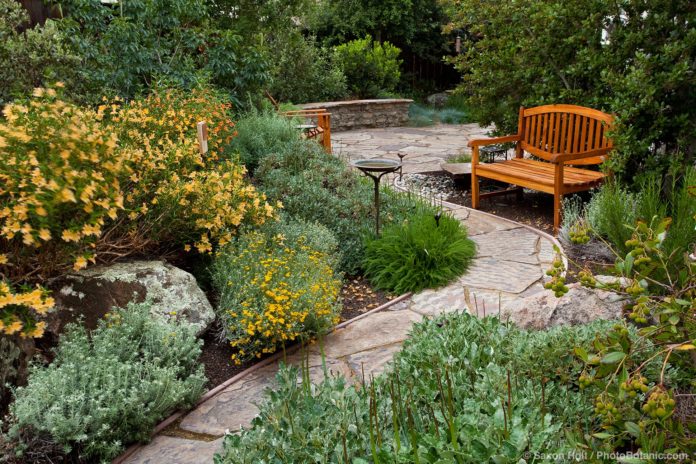
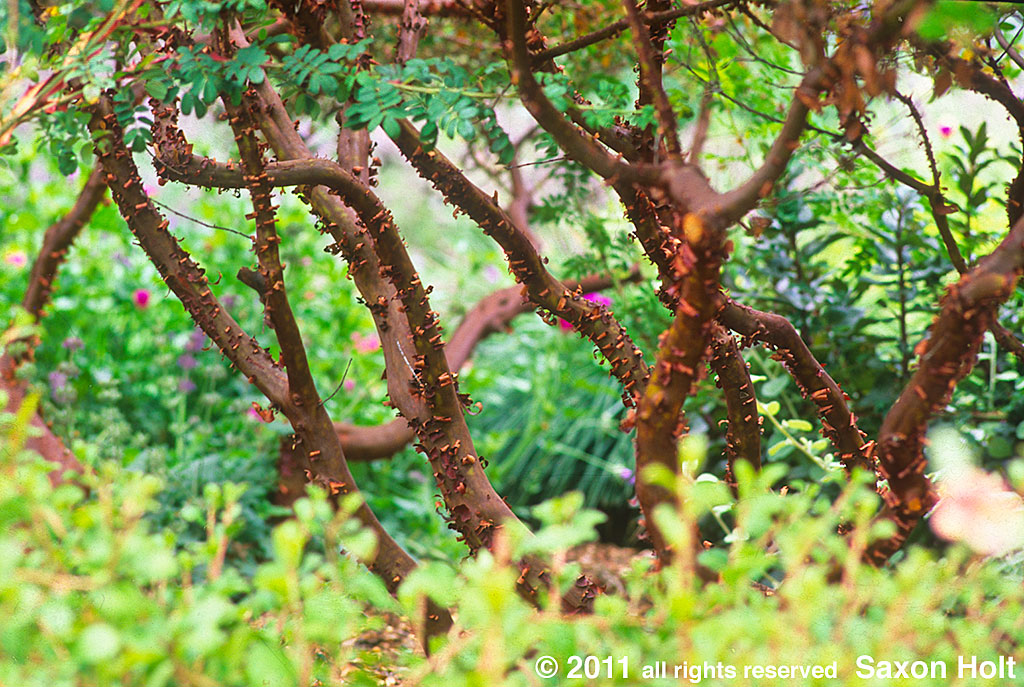





Hi there, I wanted to let you know that you have a great eye and ability to capture wonderful moments! I really like the picture with the bench it, showing a CA Native garden! I was wondering if it would be okay with you if I were to use this picture for our local paper to go along with an article on Native Plants? Thank you!
Your photos capture what i try hard to evoke in a garden – the element of surprise and when really lucky, a new way to enjoy your space.
Thanks Pete, high praise from you
I especially enjoyed the photo of the native iris bed! If you ever visit the meditation garden behind the Unity Church in Hamilton I would appreciate your thoughts. I am trying to establish more and more calif natives.
Thank you, and I didn’t know about the meditation garden, I will try to check it out in the spring.